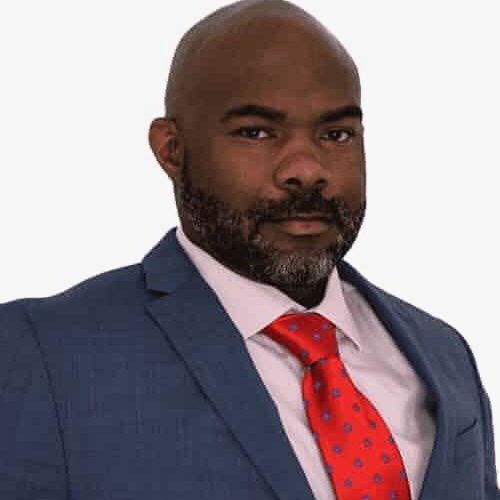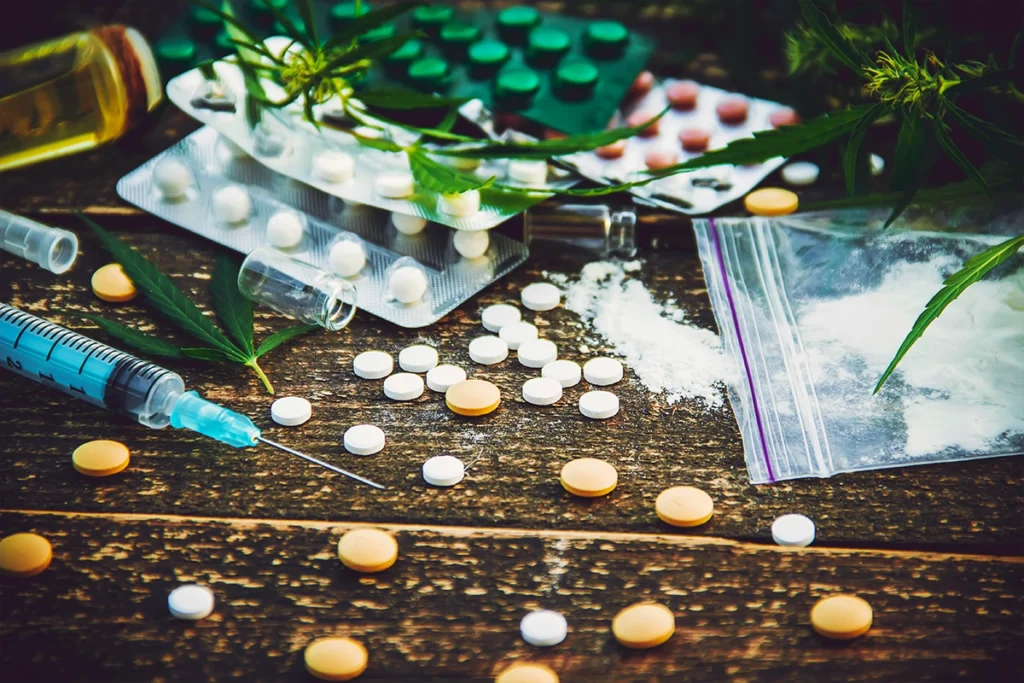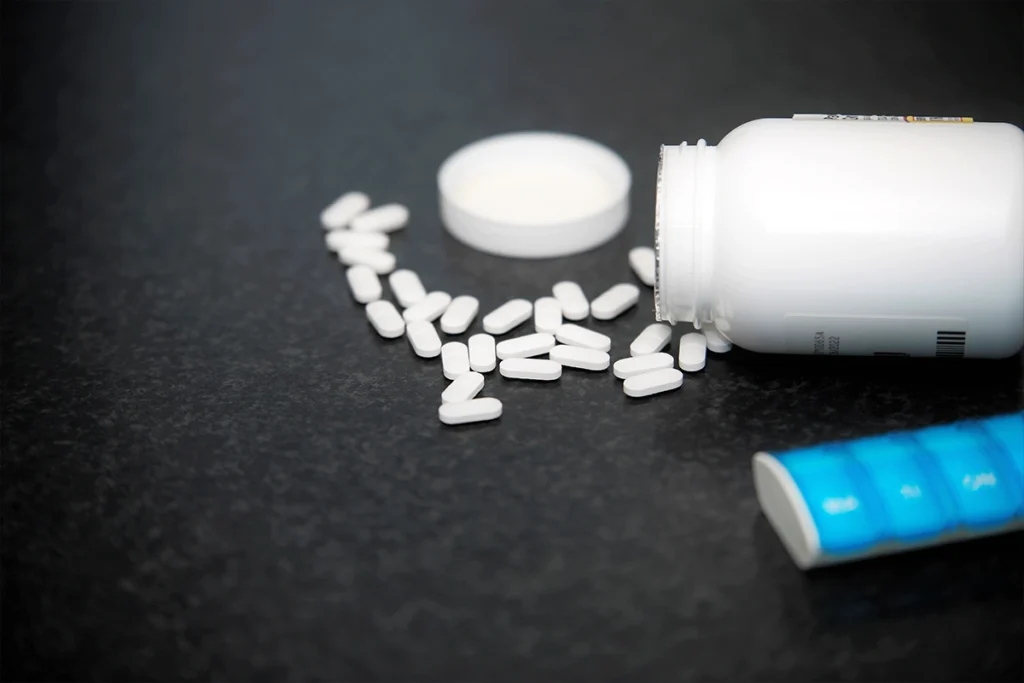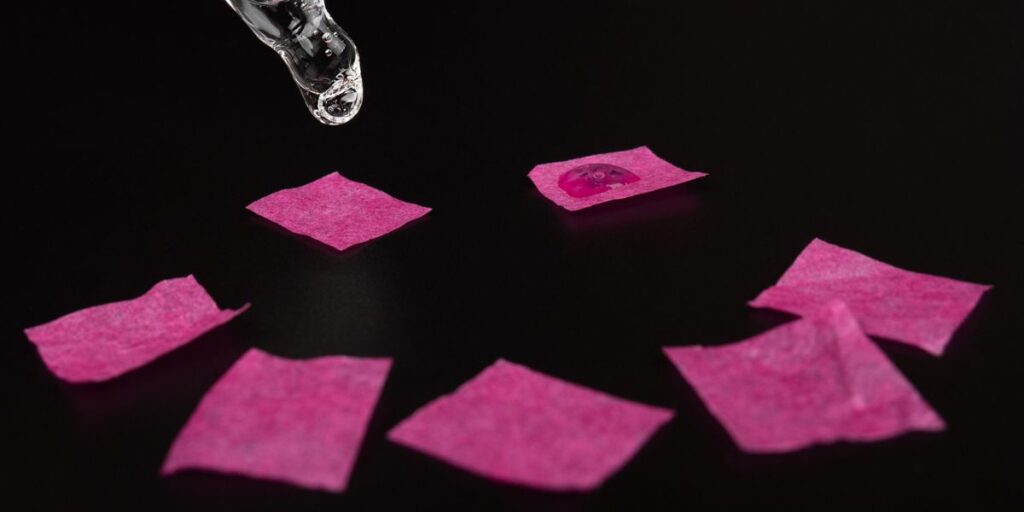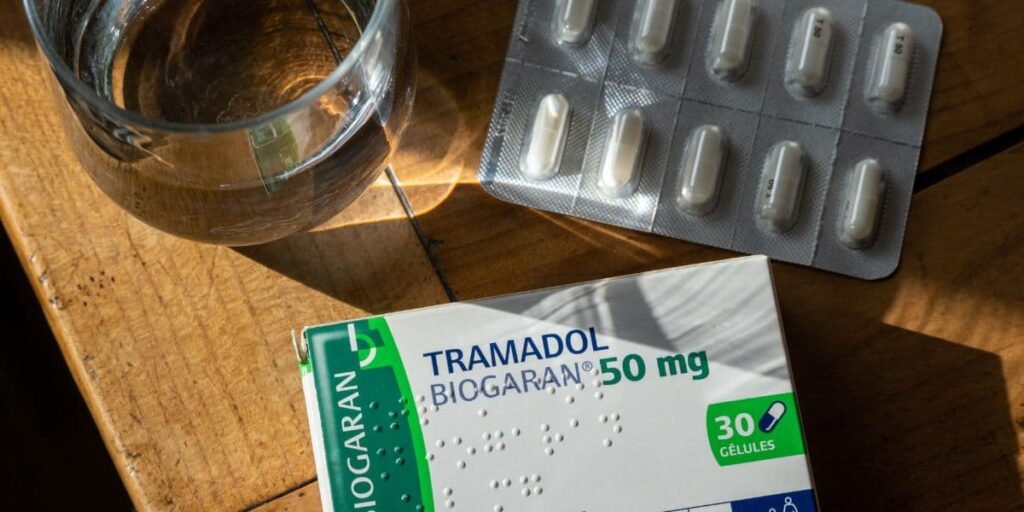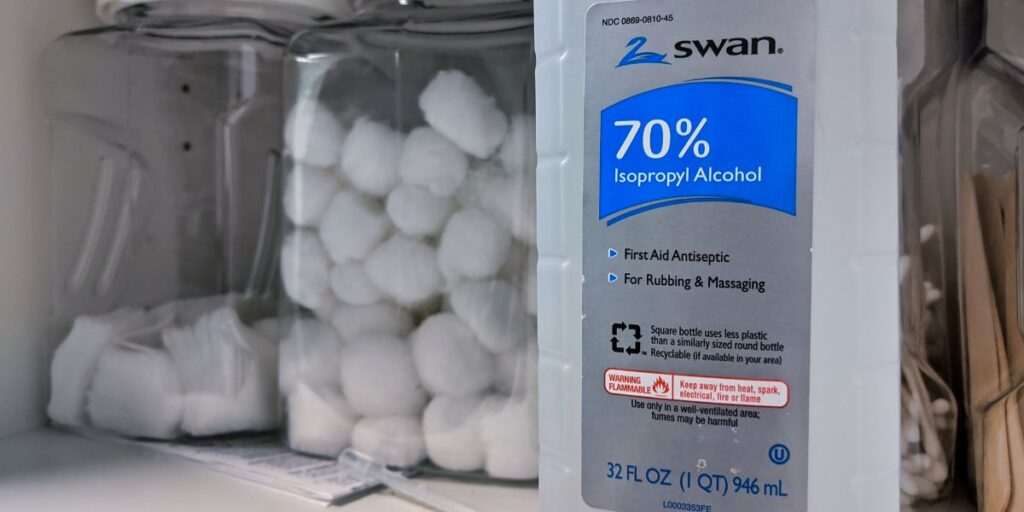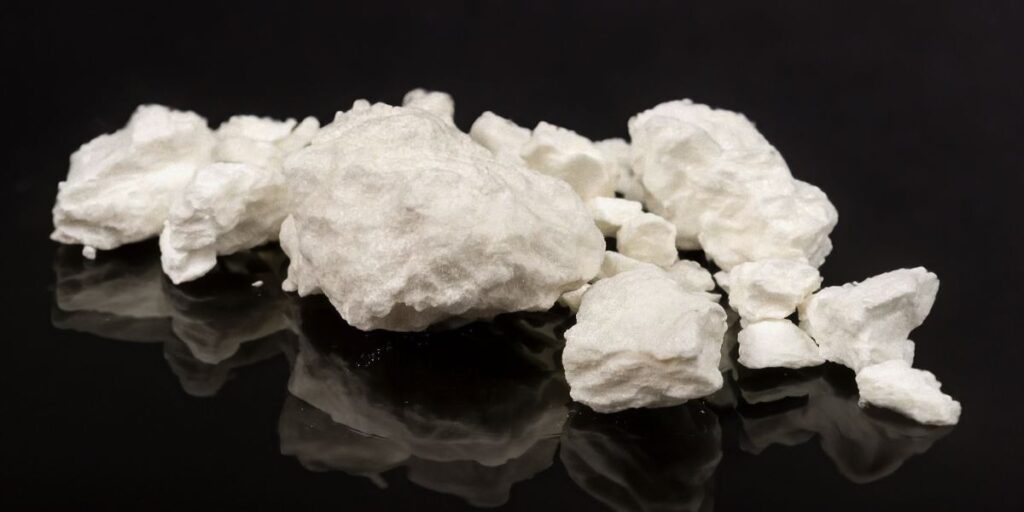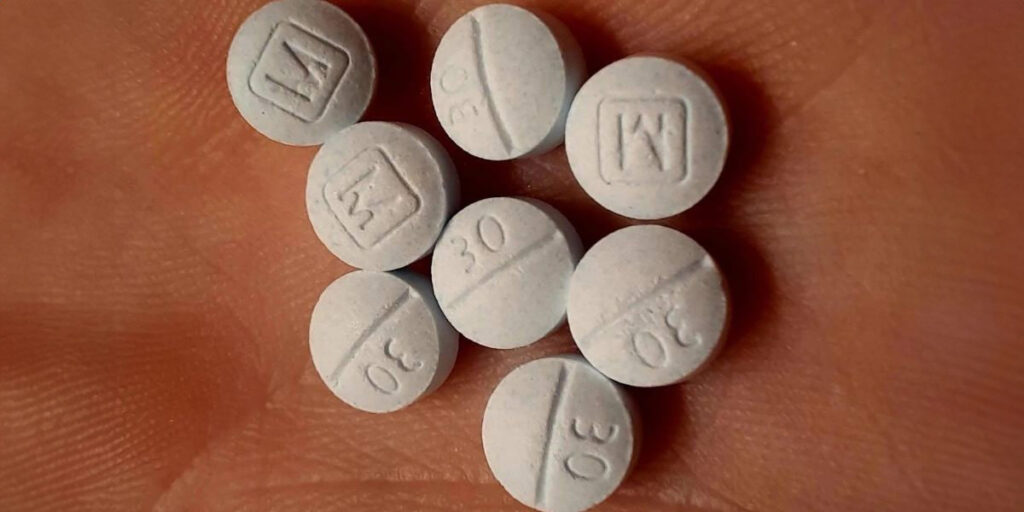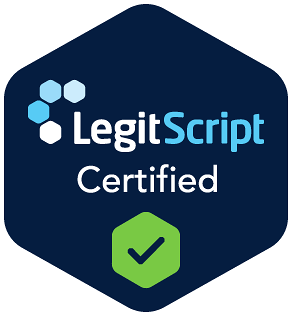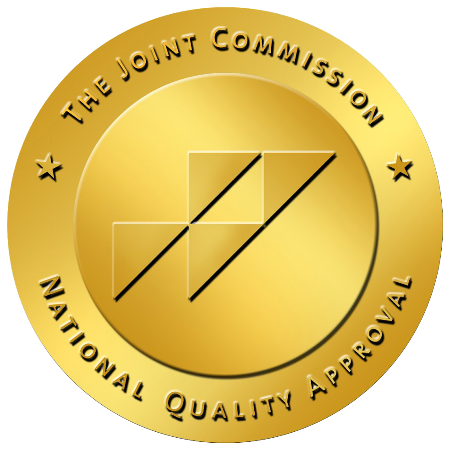What Is Fentanyl?
Fentanyl is a prescription drug for pain relief that is also made, sold, and used illegally. It is like morphine but up to 100 times more potent.
Fentanyl is an incredibly powerful opioid. It has become the most widely used synthetic opioid in medical practice.
Opioids are a family of drugs naturally found in the poppy plant. Some opioids are entirely natural, made from the plant directly, and others are made in a lab. Several are semi-synthetic, but fentanyl is fully synthetic, completely made in a lab using the same chemical structure.
Synthetic opioids, including fentanyl, are the most common drugs connected to overdose related deaths in the United States.
By binding to the brain’s opioid receptors, responsible for controlling pain and emotions, fentanyl changes how you respond to pain. As a result, it effectively blocks your nervous system from sending pain signals to the brain.
Fentanyl Street Names
Common street names for illegally used fentanyl include:
- China girl
- China white
- Apache
- Dance fever
- Birria
- Jackpot
- Murder 8
Brand Names
In prescription form, fentanyl is available in the following brand names:
- Actiq
- Duragesic
- Sublimaze
- Abstral
- Fentora
- Subsys
- Lazanda
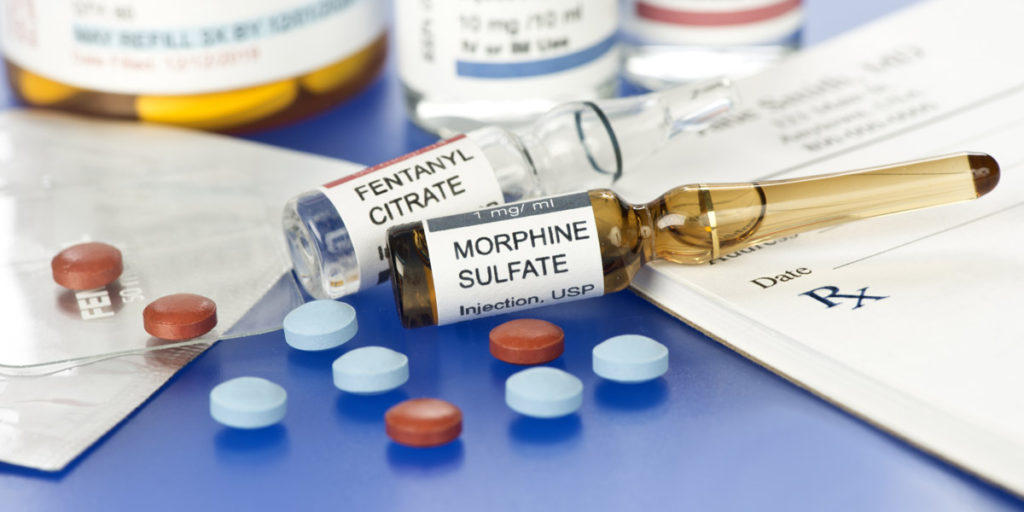
What Is Fentanyl Used for?
Like morphine, fentanyl uses are varied. It is most commonly used to manage severe pain, especially after surgery and chronic pain in patients with a physical tolerance to opioids.
In 1968, fentanyl was approved for general anesthesia and is still widely used today. Because of its quick delivery and short effects, it is particularly effective in the use of anesthesia.
Fentanyl is used as a pre-medication in procedures, specifically those anticipated to cause discomfort, and for pain control during recovery in the hospital. Furthermore, it is used to treat epilepsy and pain in cancer patients at least 18 years old.
Forms
When prescribed by a doctor, fentanyl is available in many forms. It is produced as a shot, skin patch, nasal spray, dissolvable oral film, lozenges, oral tablets, and a lozenge on a handle, also known as a fentanyl lollipop.
However, when acquired illegally, it is most often found as a powder. Fentanyl powder can be made into pills or put in nasal sprays. The liquid form is commonly placed in eye droppers, blotted on paper, or put on candy.
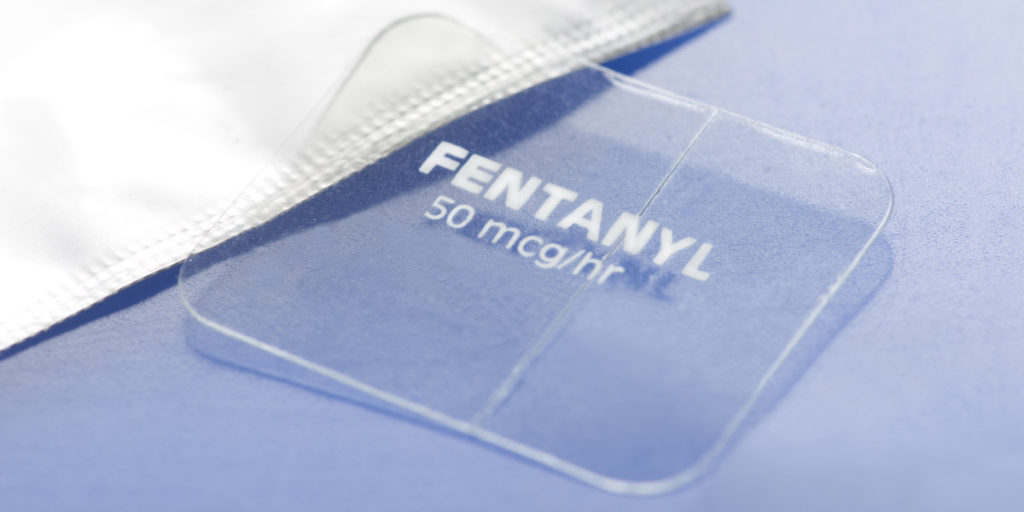
Fentanyl Patch
A fentanyl skin patch, also known as a transdermal patch, manages and treats chronic pain from a terminal illness, such as cancer. In addition, it is valuable for patients who can’t tolerate high doses of oral opioids and those who are opioid-tolerant and are already receiving other pain medications that may not be sufficient.
Fentanyl patch doses are made to deliver the medication at a constant rate and are available in several doses: 12, 25, 50, 75, and 100 micrograms per hour.
The fentanyl patch takes 24 to 72 hours to reach a steady level within the body, and when it is taken off, the residual drug left on the skin continues to be absorbed.
Also, fentanyl’s half-life is 17 hours. That means it takes blood levels 17 hours to drop half of the drug from its system after the patch is removed. Thus, drug interactions with other opioids are still a risk after the patch is off.
In addition, many people using fentanyl patches do not equate it to taking medication. Therefore, extra caution must be taken when another drug is being considered for administration. For example, a dentist that sedates a patient without identifying the presence of the patch can be life-threatening.
Fentanyl Side Effects
Fentanyl causes euphoria and extreme happiness at first, but its side effects include:
- Nausea
- Constipation
- Drowsiness
- Confusion
- Stomach pain
- Heartburn
- Dizziness
- Vomiting
- Itching
Adverse effects that may need medical attention involve:
- Seizures
- Hallucinations
- Fever
- Sweating
- Shivering
- Loss of coordination
- Hives
- Rash
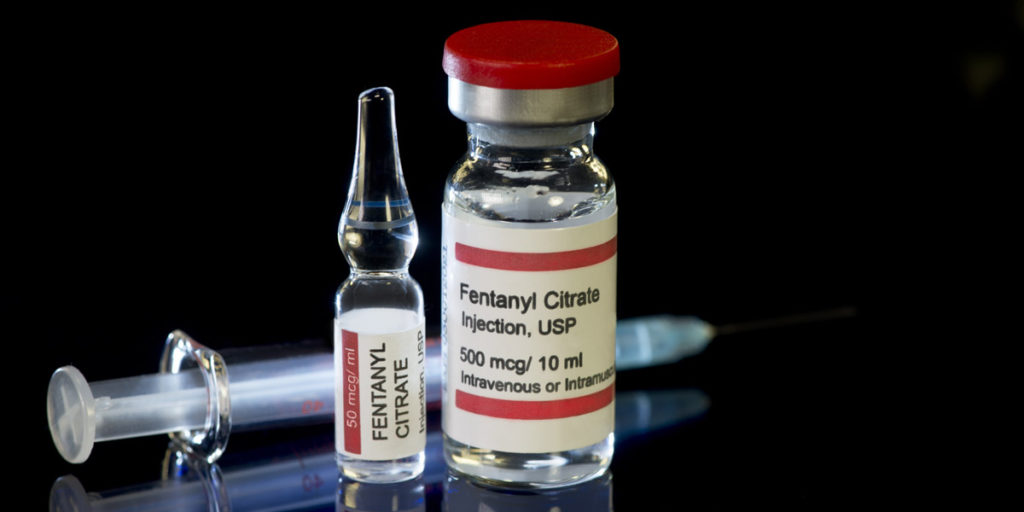
Is it Dangerous?
Because fentanyl is so powerful, it takes only a little to produce a high, making it a cheaper option for drug dealers. They mix heroin, cocaine, meth, and MDMA with it— creating an especially hazardous situation because people are unaware that fentanyl has been added.
Fentanyl is more potent than morphine and heroin. A 3-milligram dose of fentanyl is enough to kill an average-sized adult. Sometimes it is disguised as potent heroin, creating an even higher likelihood of an overdose.
Fentanyl Overdose
As mentioned above, since dealers like to mix fentanyl into other drugs to increase profits, it is hard to know which drug is causing the overdose; thus, broadening the difficulty of knowing which medication to reverse the drug overdose. And since fentanyl is stronger than any other opioid, it might require several doses of an opioid antagonist, a medication that reverses an opioid overdose.
Fentanyl Abuse
After taking a drug continuously, your brain adapts to the substance, reducing sensitivity, making it challenging to feel satisfaction from anything other than that. This is how tolerance happens, taking larger doses or using more frequently to get the same effects. This is especially dangerous with fentanyl.
The main danger of fentanyl abuse is respiratory depression, slowed or stopped breathing, just like any other opioid. However, the increased risk of overdose with fentanyl lies in a mix of its exceptionally high potency and users’ tendency not to be aware of its presence.
Fentanyl Addiction Help in Los Angeles
Individuals addicted to fentanyl can suffer severe withdrawal symptoms within hours after the drug was taken. These symptoms can be extremely uncomfortable and may be the reason you can’t stop using fentanyl.
Northridge Addiction Treatment Center understands the necessity for a comfortable and serene, medically supervised detox program. Our facility in the heart of the Los Angeles valley gives you the environment and support needed to work on yourself. You won’t have to take this journey on your own. NATC specialists will help you every step of the way, starting from enrollment all the way to successfully joining our alumni program. Call to speak with an admissions specialist today.
Learn more about our treatment programs and our medication assisted treatment program for opioid use disorder.

